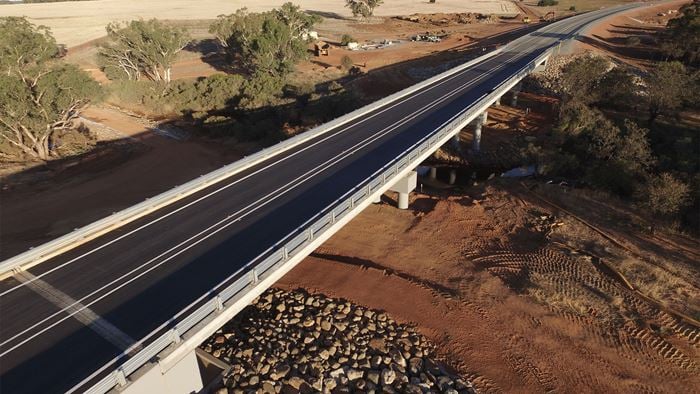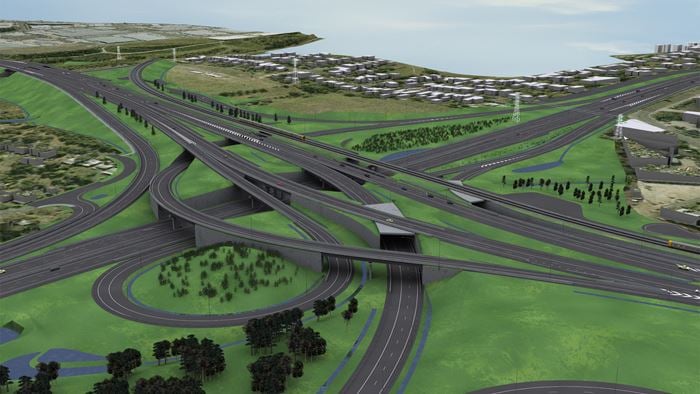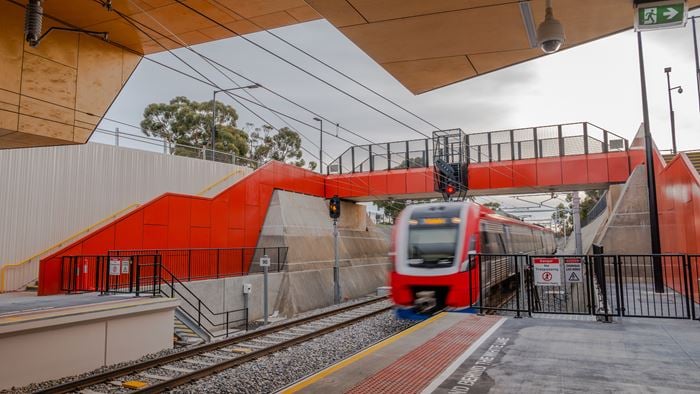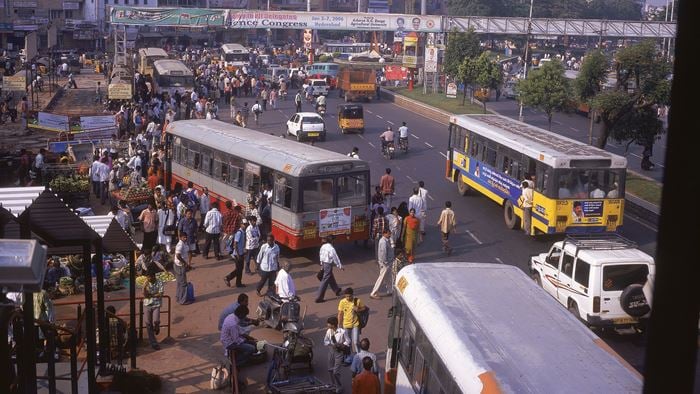Alliances in major projects are becoming more frequent as project owners, consultants and contractors try to overcome some of the enduring problems evident in traditional ‘design and construct’ construct arrangements. This is a good thing, and in hand with this, we must ensure Alliances are setup appropriately to maximise success.
Alliancing is not just another form of contract. It aspires to an integrated approach between an owner and private participants in the delivery of infrastructure, to achieve better value-for-money and project outcomes versus more adversarial arrangements.
Over time, I have been a part of successful alliances at both the individual project and programme level. This includes the Western Program Alliance, one of five ongoing programme alliances established by Victoria’s Major Transport Infrastructure Authority (MTIA).
I have seen firsthand how collaborating in an alliance is ideal for complex, accelerated or politically high-profile projects. Alliances are ideal for projects where the end solution is not clearly defined at the start. Alliances enable designers to collaborate closely with the owner, constructors and operators to develop the best overall solution.
Alliancing relies on some basic principles to be successful including:
-
An integrated team selected based on best person for each position
-
Success and failure are a joint responsibility
-
Equal leadership with equal say
-
Share risk collectively
-
Build relationships and culture on honesty, transparency, communication, trust, collaboration, innovation and performance.
Alliances are still not the default model for project delivery. They can be complex and resource-intensive to set up and manage as you must invest in establishing the team.
Traditional agreements are often a way of transferring risk away from project owners, rather than focusing on the best project outcomes. The alliance approach does take time, but it will deliver better results.
To help deliver these results, here are five ways to get alliances right from the start of a major project.
1. Involve key people early and often
Get key people involved early and throughout the process. Visible collaborative leadership from the alliance management and leadership teams sets the tone for the rest of the alliance participants.
Everyone in the alliance also needs to own the objectives and be accountable for how they will achieve these outcomes. For this to happen, all participants need a seat at the table throughout the lifetime of the project.
2. Invest the time and resources to succeed
Investing time to understand the complexities of the alliance model, the specifics of the participants involved, and to get the contractual framework correct is vital. It might seem like a burden at the outset, but it reduces the risk of disagreements down the line and builds trust and solid relationships, which in turn leads to much more collaborative working and better results.
3. Foster a culture of collaboration
The aim with an alliance is to blend disparate cultures of parent organisations into a single alliance culture. Culture change can take time, particularly when traditional models are so ingrained in the industry.
It requires the right mix of people and skills, and coaching. Coaching and training are important. Individual participants may not have the experience of alliances and the behaviours you need in an alliance are very different from in typical design and construct arrangements. Celebrating successes and (constructively) calling out behaviours or decisions when they are not right, is a good way to foster the culture you want. The example set from the leadership is a critical factor.
4. Get the incentives right
First and foremost, the risk and reward regime must incentivise good behaviour and discourage bad behaviour.
The alliance becomes meaningful, and starts to act as one, when participants’ rewards are based on shared outcomes. For example, if the actual outturn cost (AOC) is higher than the target outturn cost (TOC), there should be a mechanism to share the pain. However, if the AOC comes under the TOC, efficiency should be rewarded. This minimises the risk of unintended consequences.
Likewise, exceptional performance, whether against business-as-usual targets or stretch goals such as carbon reduction and sustainability, should be a source of gain for participants rather than seen as lost revenue opportunities. This motivates participants to find better ways to deliver solutions, which can only benefit the project owner and the rest of the alliance in the long run.
5. Be clear and flexible.
The gainshare and painshare regime must be clear and understood and agreed by all the participants. Uncertainty can lead to misunderstandings and a loss of trust in the process.
Enssuring clarity does not mean making the agreements and working model rigid. Project participants should have scope to be flexible with their approach to delivering the project, while clients who are happy to adjust KRAs (Key Result Areas) to get the outcome they want, often derive better results.
Case study: Western Program Alliance
The Western Program Alliance is one of the five ongoing programme Alliances established by Victoria’s Major Transport Infrastructure Authority to deliver the Level Crossing Removal Program.
As a participant in this alliance, we have first-hand identified the following benefits:
Digital transformation: driving digital transformation through a staged implementation framework developed collaboratively between the alliance participants to progressively transform business-as-usual.
Innovation and systematic design re-use: implementing an ‘Adopt > Adapt > Invent’ mindset built a culture of efficiency, reuse, innovation and creative thinking for problem-solving to help drive efficiency through the value chain.
Social procurement outcomes: established ongoing partnerships to increase employment of priority jobseekers and social procurement spend.
Sustainable outcomes: having the designer, operator, constructor, and owner working collaboratively we efficiently gained approvals for new and more sustainable solutions.
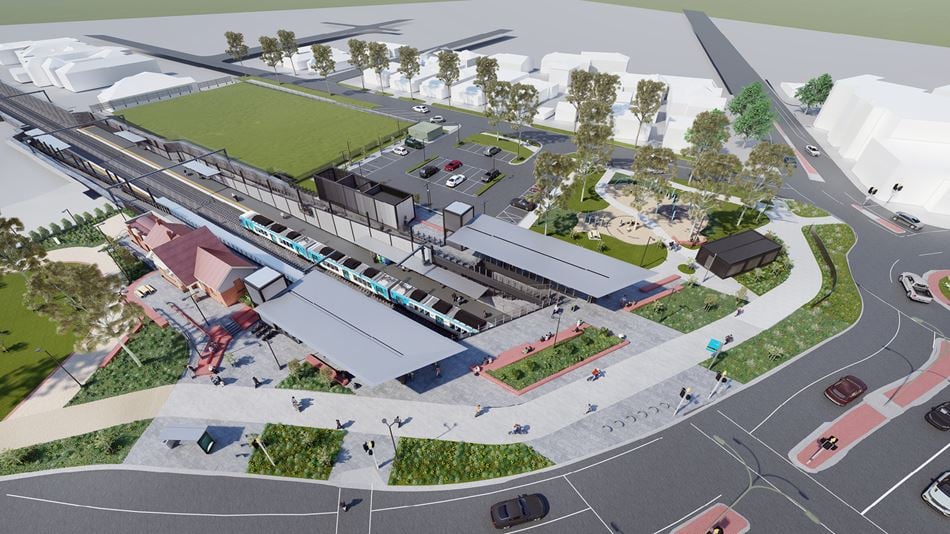
 ;
;


